System of Government
What is the American System of Government?
The American system of government is founded on the US Constitution, which guarantees the basic rights of persons and provides the blueprint for the American national government and fundamental laws. Written in 1787, the Constitution creates three branches of government, including the Executive, the Judiciary and the Legislative branches. It also prescribes the appropriate allocation of power between the state and the National government, deviating from the establishment of the 1777 Articles of Confederation under which the states held a lot of power, resulting in a weak Central government. It was also a deviation from the Unitary system of government under the British monarchical rule.
Why Federalism?
The principle of federalism is one in which the national government shares sovereign power with the state governments in the united states, each having a specially protected existence and the authority to make final decisions over many governmental activities within their respective jurisdictions. The aim of adopting federalism as opposed to the Unitary and Confederal systems of government is to create a balance between the horizontal and vertical divisions of power, protect the personal rights of the citizens, establish a central government that is unifying and strong enough to defend the territory, restrain tyranny, and to maintain a system of checks and balances on the branches of government ensuring one doesn't override the power of the other.
Structure of the United States Government
The contemporary structure of the U.S. government consists of three horizontal branches established under the Constitution:
Both the national and state governments hold executive, legislative, and judicial powers. In basic terms, the legislature makes the law, the executive enforces the law, and the judiciary interprets the law. Federalism is core to the U.S. Government hence mandating a balance of powers between the federal and the state government each having both exclusive and concurrent powers.
The powers of the federal government
The powers granted to the federal government in the constitution are called delegated powers. There are three types of delegated powers: expressed powers, implied powers, and inherent powers. Of the three, only expressed powers are given directly by the Constitution. Examples of delegated powers include the power to declare war, create and maintain armed forces, establish foreign policy, regulate interstate and foreign trade, make copyright and patent laws, establish postal offices, and coin money. The 1791 tenth amendment to the U.S. Constitution put a check on the federal government’s “necessary and proper” clause, therefore, conceding some powers to the States.
The Powers of the State Government
The powers granted to the state governments are reserved powers. These are powers not given to the federal government but which are not denied to the states by the Constitution. Examples include the power to establish local governments, establish and maintain schools, regulate trade within States, conduct elections, and provide for public safety. The 1868 14th Amendment put a constraint on the States powers greatly expanding the civil and legal rights of all American citizens, protecting them from infringement by the states.
The powers of the local governments are vertical, being defined by the state government. All states make provisions for the establishment of local governments as well as the determination of how much authority may be exercised by the counties, cities, towns, school districts, and special districts.
Interactions between the Federal and States Power
Under the federal system of government, the central government and state governments have concurrent powers that are exercised independently in the same field of legislation by both tiers of government. The concurrent powers include the power to raise taxes, provide for the public welfare, criminal justice, borrow money, charter banks, and build roads. The concurrent authority of the states are however subordinate to the superior authority of the federal government and can primarily be exercised in instances where the federal government has not engaged in the field.
What is the Separation of Powers?
The separation of power doctrine is a theory that specifically divides the government into three separate branches - the executive, the judiciary, and the legislative - each having separate and independent powers. The United States Constitution established its government with this system of checks and balances to ensure that no one branch has authority more than the other. For instance, the executive branch can recommend laws, veto laws passed by Congress, nominate Supreme Court judges, and make treaties with foreign nations. The legislative branch passes laws, can amend the Constitution, confirms federal judges nominated by the president, approves foreign treaties set forth by the president, and can impeach the president and judges. Congress also controls the types of cases the federal courts can hear, and approves the budget of the judicial and executive branches. The judicial branch relies on the other two branches to enforce court decisions and also hear court cases on executive and legislative issues.
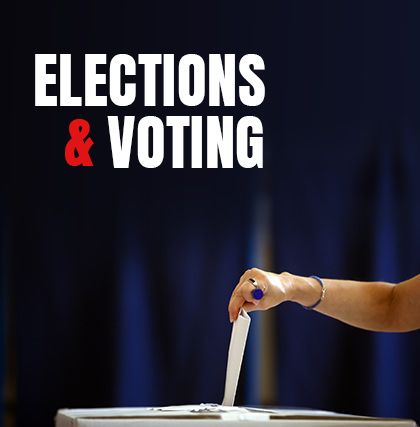 Elections and Voting
Elections and Voting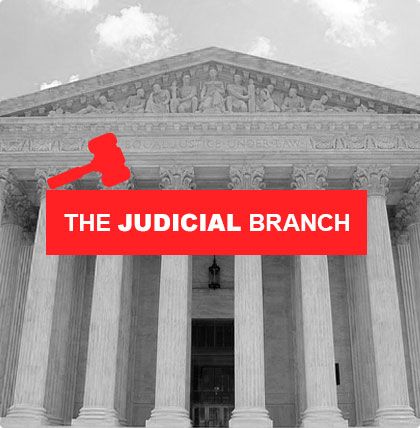 The Judicial Branch
The Judicial Branch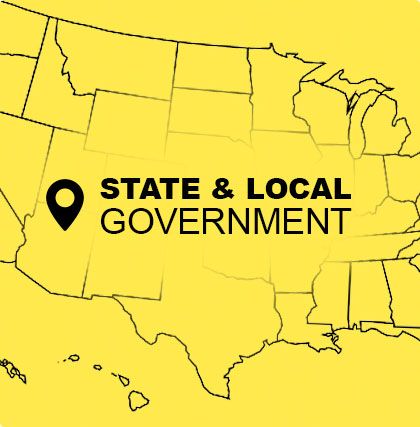 State & Local Government
State & Local Government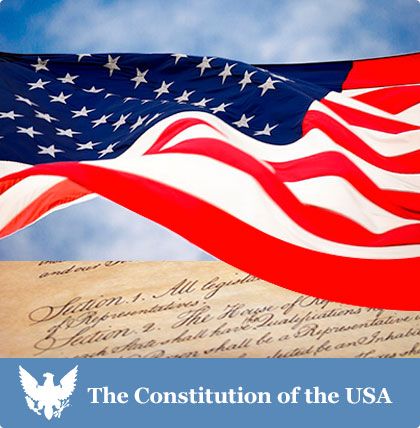 The Constitution
The Constitution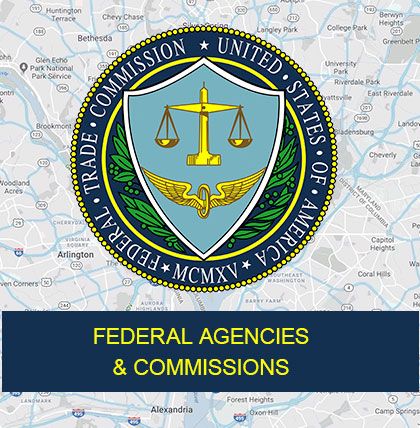 Federal Agencies & Commissions
Federal Agencies & Commissions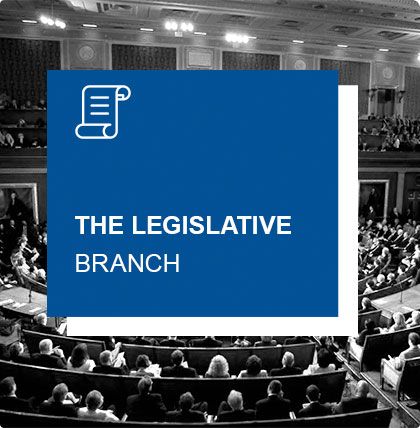 The Legislative Branch
The Legislative Branch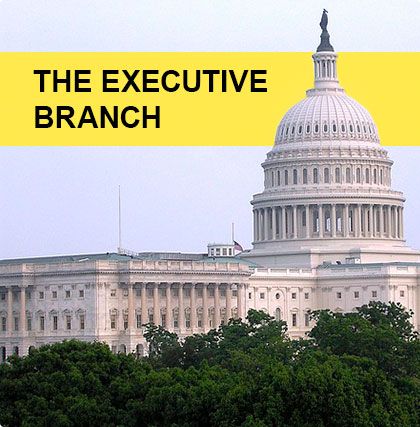 The Executive Branch
The Executive Branch Court Records
Court Records